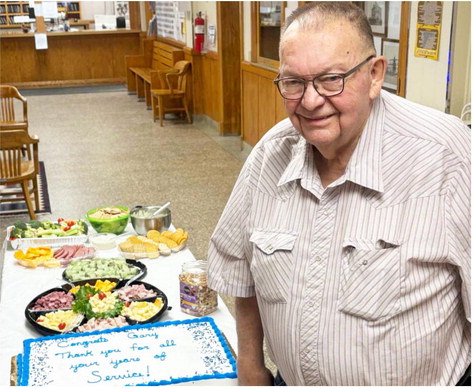Assistance Expanded To Cover Transportation Costs
After an aggressive push by U.S. Sen. Jon Tester, the U.S. Department of Agriculture has announced it is expanding assistance available to Montana ranchers as a result of historic drought conditions to cover costs incurred transporting feed for livestock that rely on grazing through the Emergency Assistance for Livestock, Honey Bees and Farm-raised Fish Program.
Tester pushed for the change as part of his bipartisan Livestock Disaster Relief Act, which he recently introduced to help Montana ranchers impacted by drought keep their livestock alive and their operations afloat.
“Montana ranchers have been devastated by this historic drought, and this assistance could not be more urgently needed,” Tester said. “I am glad USDA adopted a provision of my bipartisan plan to provide additional relief to folks who need it, and I will continue pushing aggressively to make sure this critical relief gets out the door and into the hands of folks who need it as quickly as possible.”
ELAP provides financial assistance to eligible producers of livestock, honeybees, and farm-raised fish for losses due to disease, certain adverse weather events or loss conditions as determined by the Secretary of Agriculture Tom Vilsack. ELAP already covers the cost of hauling water during drought, and this change will expand the program beginning in 2021 to cover feed transportation costs where grazing and hay resources have been depleted.
Tester included the change in his bipartisan Livestock Disaster Relief Act, which he introduced last month with U.S. Sen. John Hoeven (R-N.D.), to ensure that Montana’s ranchers receive the necessary relief to recover from future disasters. Tester’s legislation was introduced in response to Montana facing severe drought across the state and experiencing one of its most harmful wildfire seasons in the past decade, resulting in decreased feeding capabilities for Montana’s livestock producers.
Additional information on this expansion to ELAP is forthcoming, and in the meantime, more information is available at fsa.usda.gov/ elap or by contacting a local USDA Service Center.


